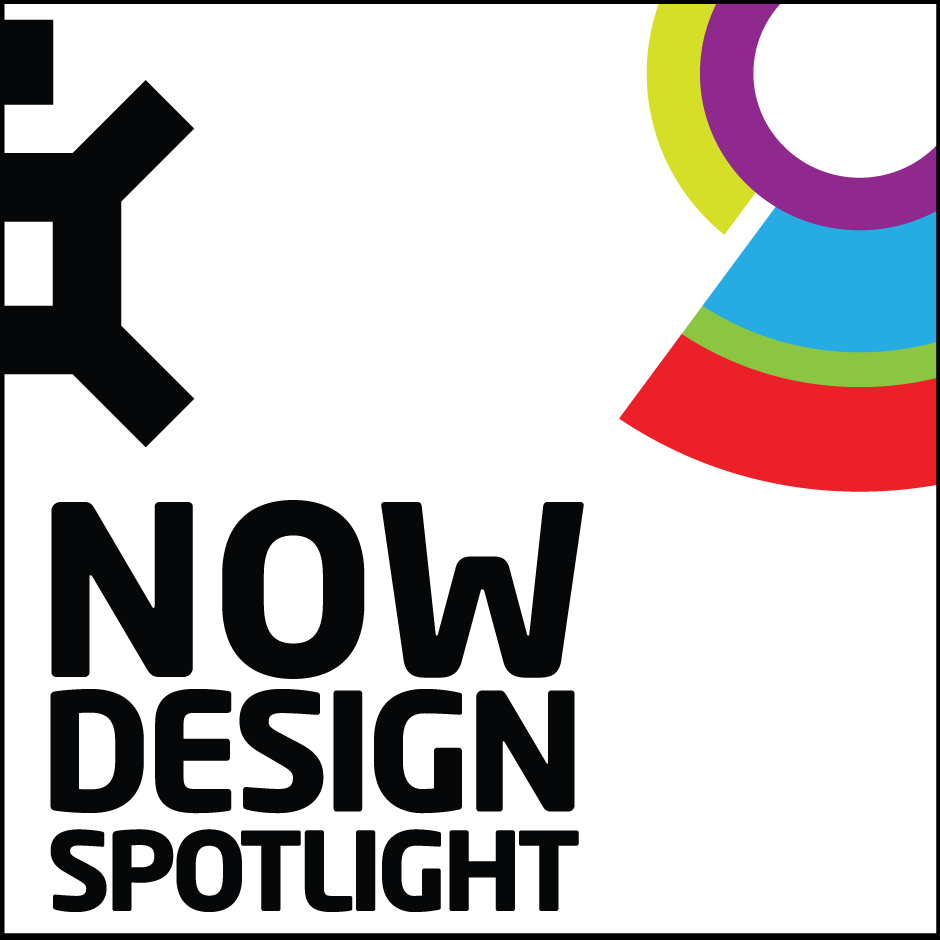









Image Credit : Jaguar

Project Overview
Building on the success of its breathtaking concept form, we are delighted to announce production plans for our Jaguar E‑type Zero – bringing our glorious past into an electric future.
Organisation
Project Context
In 1961, Jaguar E‑type rewrote the rule book with its balance of sportscar performance and refined style. Today, E‑type Zero – a fully factory restored and converted original E‑type – combines the spirit of our 60s icon with zero‑emission powertrain technology.
Project Innovation
BESPOKE ELECTRIC POWERTRAIN
The all‑electric lithium‑ion powertrain is of a comparable size to the original Jaguar straight six and is located in the same place for optimum weight distribution and handling. A sophisticated single‑speed reduction gear helps to produce maximum power in the smallest possible footprint.
PERFORMANCE INSPIRED BY I-PACE
Combining our restoration expertise with cutting‑edge technology from the Jaguar I‑PACE, E‑type Zero delivers performance without compromise. The 0‑62mph sprint of our concept car takes significantly less than 7 seconds and thanks to unchanged front-rear weight distribution, it rides and brakes like the original.
TIMELESS STYLE MEETS SMART TECH
Alongside a state‑of‑the‑art powertrain, modified instrumentation, and efficient LED headlights, the E‑type Concept Zero offers drivers a unique opportunity to compliment the original interior of their 60s model with an optional touchscreen infotainment system. It’s the perfect blend of traditional craftsmanship and modernity.
Concept - Systems
Conceptual Design celebrates the projects that are yet to be realised. They are may be creative ideas, imagined future states or thought pieces intended to start a conversation. This category rewards the blue sky thinking that is needed to drive design forward.
All systems are designed to serve a purpose – and that purpose is to serve people. Systems design optimises systems performance by systematically focusing on the human component - human capacities, abilities, limitations and aspirations.
More Details


